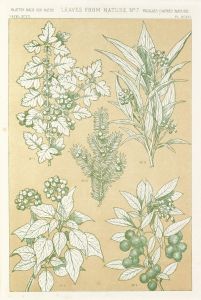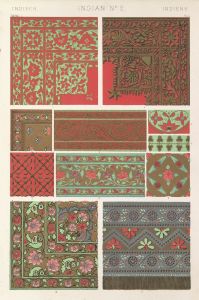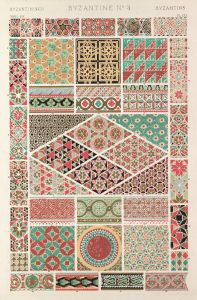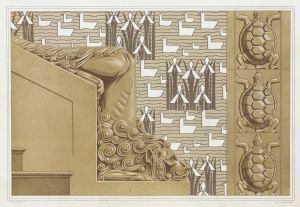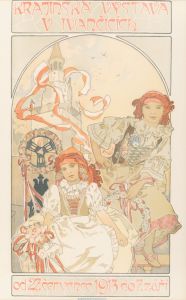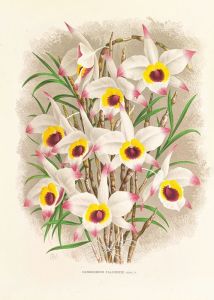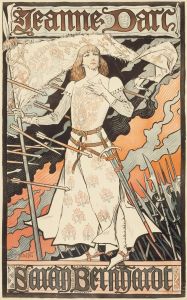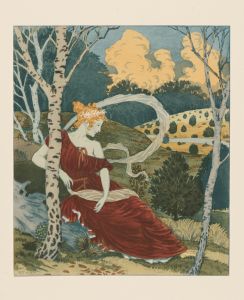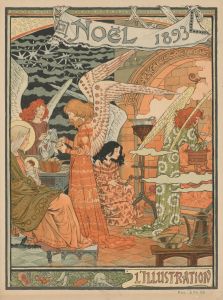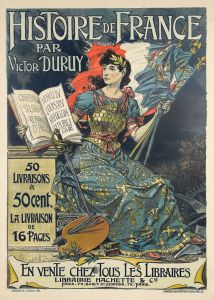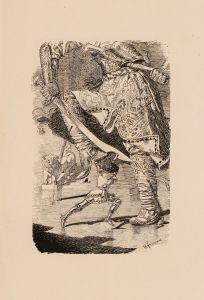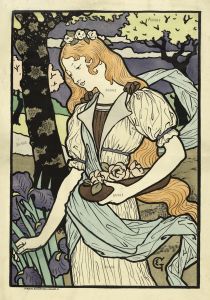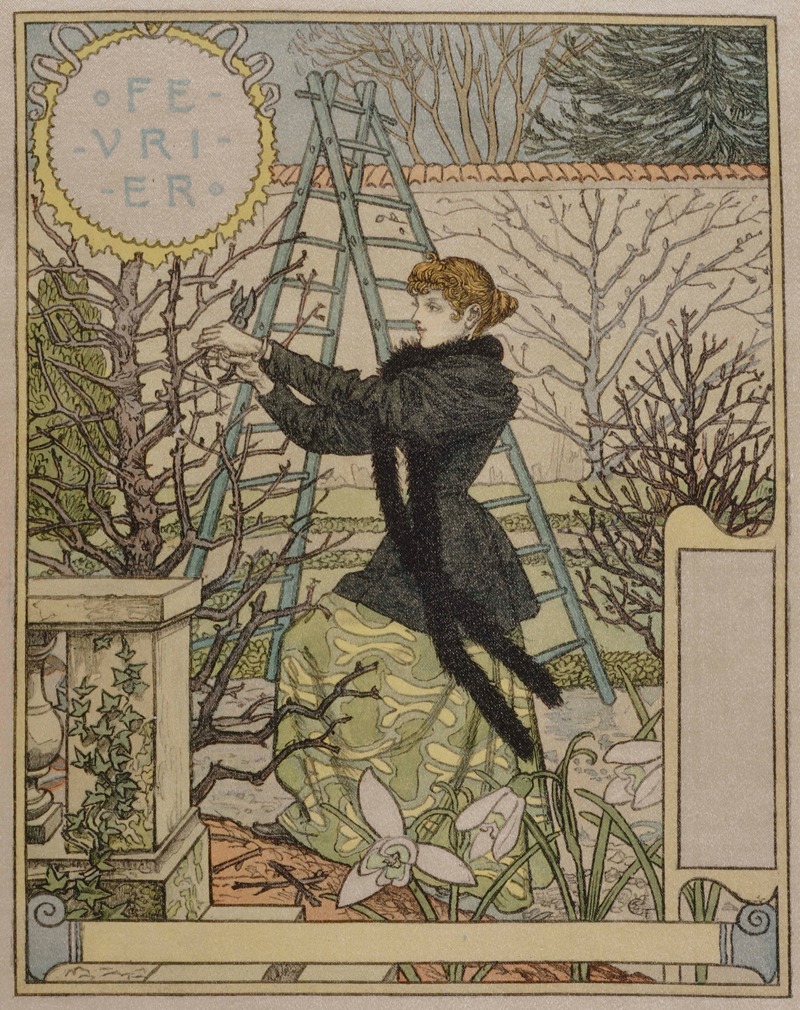
Février
A hand-painted replica of Eugène Grasset’s masterpiece Février, meticulously crafted by professional artists to capture the true essence of the original. Each piece is created with museum-quality canvas and rare mineral pigments, carefully painted by experienced artists with delicate brushstrokes and rich, layered colors to perfectly recreate the texture of the original artwork. Unlike machine-printed reproductions, this hand-painted version brings the painting to life, infused with the artist’s emotions and skill in every stroke. Whether for personal collection or home decoration, it instantly elevates the artistic atmosphere of any space.
Eugène Grasset's Février is a notable artwork created by the Swiss-born artist and designer, who was a prominent figure in the Art Nouveau movement. Grasset, known for his contributions to graphic design, illustration, and decorative arts, produced Février as part of a series of calendar illustrations. This piece, which translates to "February" in English, is one of twelve monthly panels that Grasset designed for a calendar published in 1896 by the Parisian printer and publisher Charles Verneau.
The artwork exemplifies Grasset's distinctive style, characterized by its harmonious composition, flowing lines, and rich use of color. Février depicts a female figure dressed in warm, layered clothing, appropriate for the cold winter month. She is shown holding a small brazier, a traditional portable heater, which emphasizes the theme of warmth and comfort during the chilly season. The figure is surrounded by a decorative background featuring natural motifs, such as bare trees and snow-covered landscapes, which evoke the atmosphere of February. Grasset's attention to detail and his ability to blend human figures with ornamental elements are hallmarks of his work.
The calendar series, including Février, was highly influential in the development of Art Nouveau aesthetics. Grasset's designs combined elements of medieval art, Japanese prints, and contemporary graphic trends, creating a unique visual language that resonated with the artistic movements of the late 19th century. His work in this series also reflects the growing popularity of lithographic printing, which allowed for the mass production of high-quality, colorful illustrations.
Eugène Grasset's contributions to the decorative arts extended beyond calendar illustrations. He was a pioneer in the field of poster design, creating iconic works that helped define the visual identity of the Art Nouveau era. His influence can be seen in the works of other artists of the time, including Alphonse Mucha and Henri de Toulouse-Lautrec.
Today, Février and the other illustrations from the 1896 calendar are celebrated as exemplary works of Art Nouveau design. They are often reproduced in books, exhibitions, and collections dedicated to the history of graphic art. Grasset's ability to merge functionality with artistic beauty continues to be admired by art historians and enthusiasts alike.





